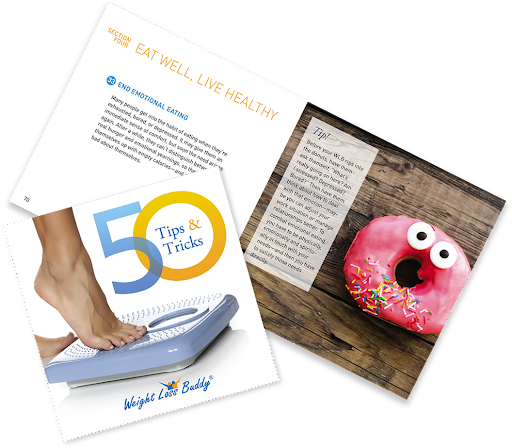What Can Time-Restricted Eating Do for You?

Given the popularity of various intermittent fasting regimens, it’s likely you’re eager to give one a try and explore the health advantages it promises. Health and fitness experts have explored a variety of diet strategies to cater to diverse health requirements and preferences. Having been there myself, I know how hard it is to pick a suitable IF plan. Beginners are not even sure if their bodies can tolerate intermittent fasting in the first place.
Drawing from ten years as a health and nutrition specialist, I’ve adopted the 18/6 intermittent fasting method. This approach has clearly enhanced my skin health and mental acuity. However, I found it challenging to fit my nutritional requirements within the 6-hour eating window. This is a thorough guide on undertaking 18/6 intermittent fasting, including what you can and cannot eat and the benefits and possible downsides. I will conclude my article with tips for better results and reducing side effects.
18/6 Intermittent Fasting: Overview — Among the time-restricted fasting plans, including 16/8 and 14/10, 18/6 is the most rigorous. The eating/fasting window of an average American who is not fasting is 12 hours. Extending it to 14 or 16 hours is less taxing than choosing an 18-hour fast.
Excerpted from Fitness Volt













